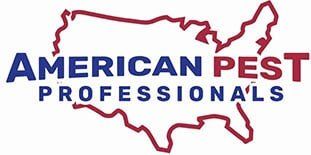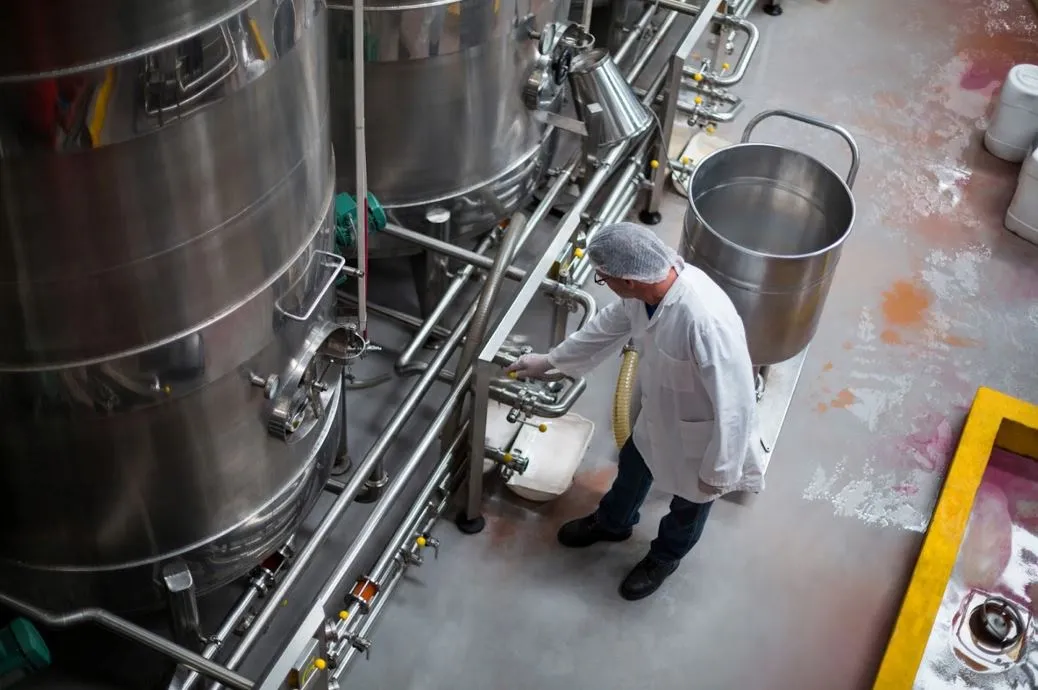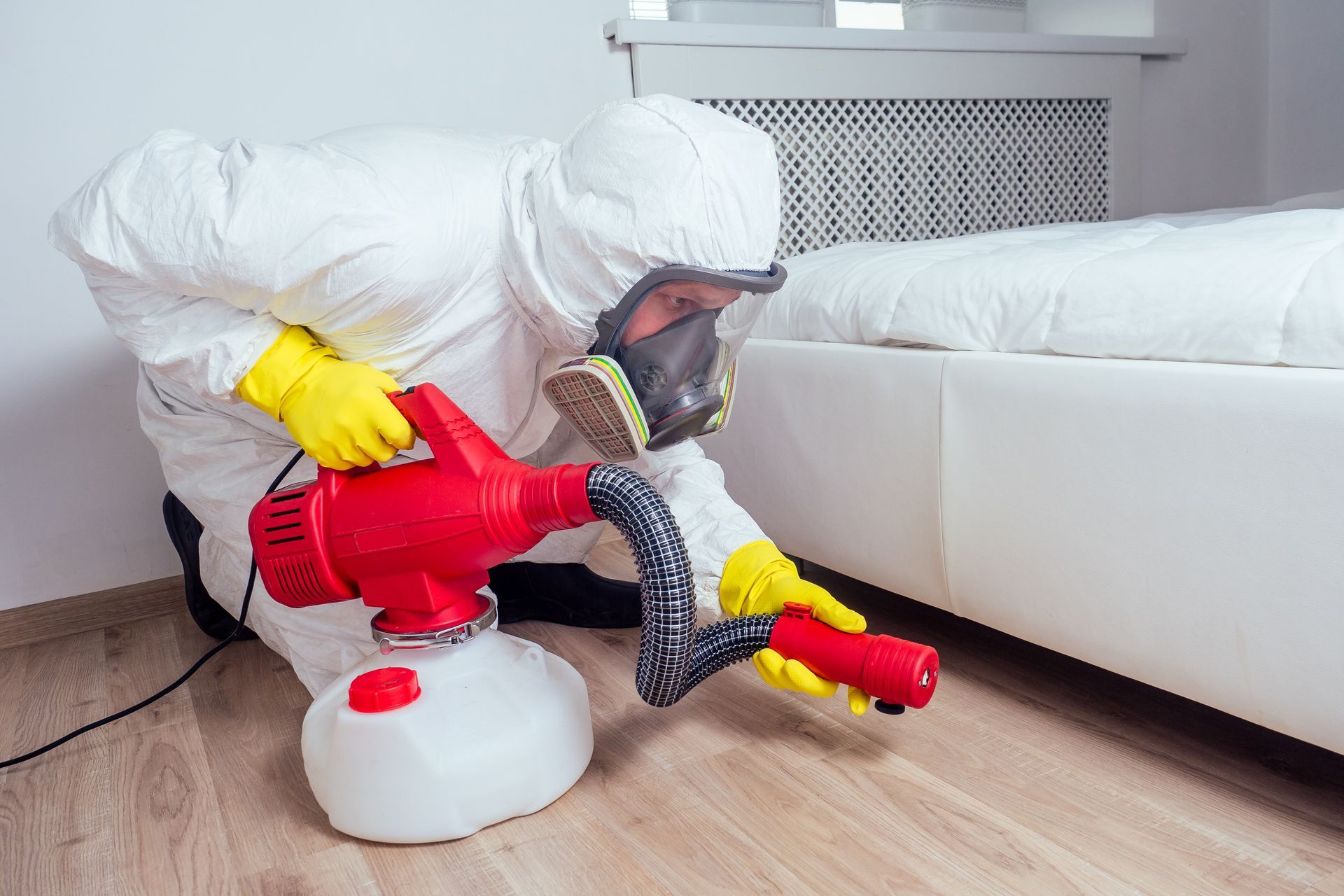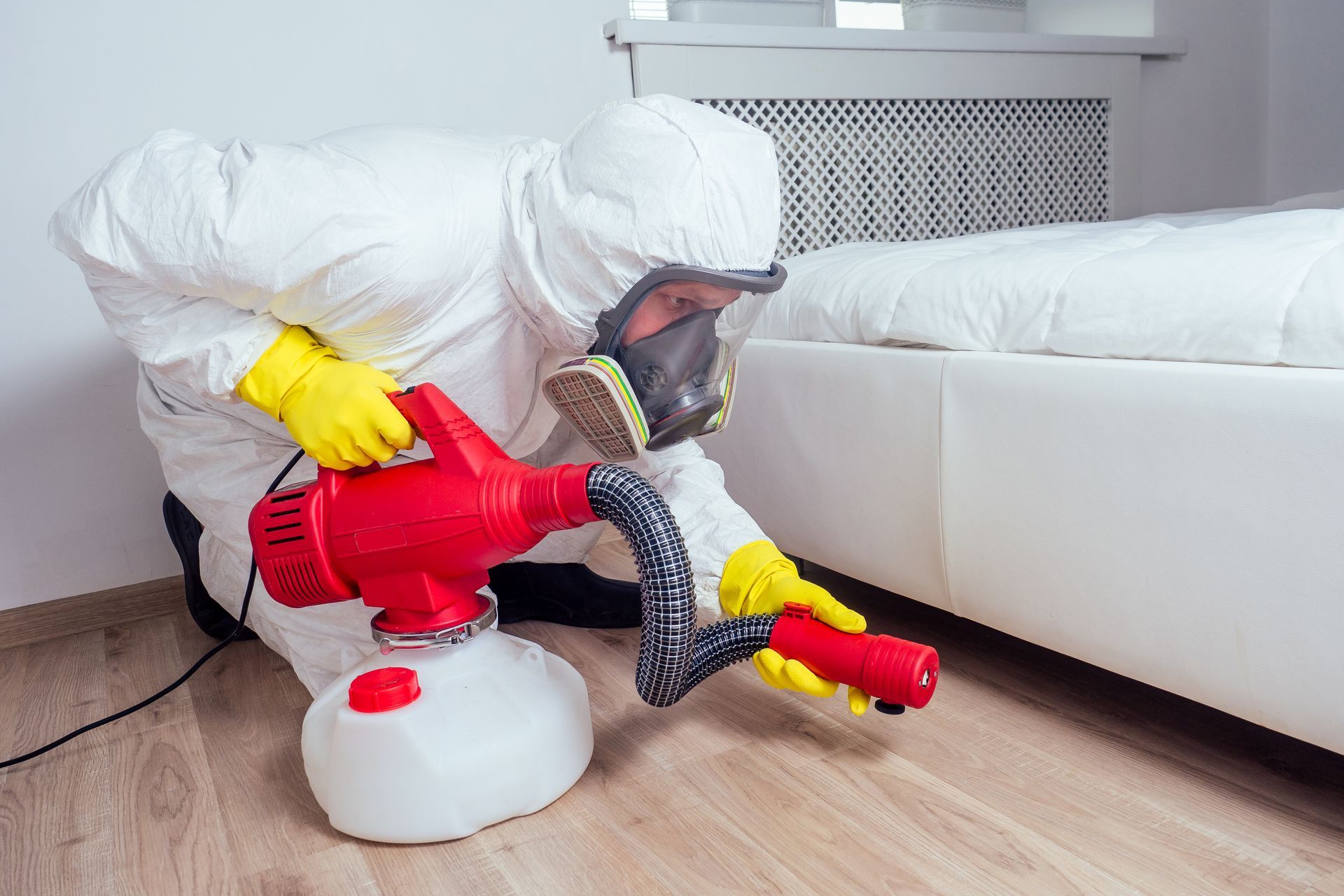4 Pests That Can Invade Your Food Processing Plant
If you own or manage a food processing plant, you must uphold strict standards for product quality control and hygiene. Unfortunately, many food processing plants struggle to protect their foodstuffs against a variety of pests. The unwanted creatures can consume your goods or spread germs throughout your facility.
You can maintain greater vigilance against food processing plant pests once you know what kinds of pests to look out for, what kinds of foods they prefer, and how to fight back against them. Pay special attention to the following four common invaders.
1. Cockroaches
Cockroaches have a long history of causing revulsion in areas that involve the storage, manufacturing, or preparation of food, from home and restaurant kitchens to commercial storage bins and processing plants. These insects can carry salmonella and E. coli, depositing these harmful bacteria in their wake.
The two most common cockroach species in food processing plants include the
German cockroach and the American cockroach, both of which seek out moisture and warmth. German cockroaches tend to inhabit the processing floors, while America cockroaches more commonly invade service areas such as basements.
Cockroaches often hitch a ride into food processing plants via cardboard boxes and wooden crates. Inspect such items carefully as they enter your facility. Expect them to hide in cracks and crevices, coming out mostly at night or in dark, uninhabited parts of the plant.
2. Stored-Product Pests
Several types of invading bugs fall into a category known as stored-product pests. These pests can work their way into the food chain at any point from farm crops to storage bins. They live on the food products themselves, with the potential to destroy massive amounts of both raw grains and dry processed goods.
Internal feeders such as weevils consume whole grains and other whole foods. External feeders can't penetrate kernels or shells, so they feast on broken or damaged products. Secondary feeders such as grain mites and mealworms focus on moldy foods. Indian meal moths and sawtooth grain beetles will scavenge for anything edible.
You can reduce your food processing plants' vulnerability to stored product pests by inspecting your bins and other containers regularly for any breaches that might allow such pests to enter, and by scheduling professional inspections of the entire facility. Clean containers thoroughly before reusing them.
3. Flies
Houseflies, fruit flies, and other common flies can overtake a food processing plant easily and rapidly, with a single pair of houseflies capable of producing up to
half a million offspring within a six-year period. These flies can spread diseases such as salmonella and listeria, thanks to their tendency to frequent garbage piles.
Fly infestations hinge on the ready availability of moisture, with the flies using standing water for their breeding grounds. For this reason, you must locate and eliminate any such puddles in (or on) your building. You'll also want to place garbage bins far from entrances and employ screens or air curtains to protect those entrances.
Your pest control expert can offer other measures to help you rid your facility of a fly problem. Effective options may include a combination of baited or sticky traps, electrocuting devices, and foggers. Of these options, foggers in particular require careful use by experienced professionals.
4. Rats
Rats tend to stick close to actual food sources within a food processing plant, preferring short distances between these sources and their nests. They count as an especially destructive pest in many ways. In addition to eating your food products, they can also chew through wiring and other facility structures.
These rodents can carry and transmit many diseases, including Lyme disease, leptospirosis, and toxoplasmosis. They can also introduce ticks into your food processing plant. Hire a pest control team to eliminate rats safely and effectively. Remove debris and moisture sources that might otherwise encourage a rat infestation.
American Pest Professionals can control pest populations in commercial facilities, public housing, and private homes with equal skill and effectiveness. If you have a pest problem in your food processing plant, contact us today at any of our three locations.










